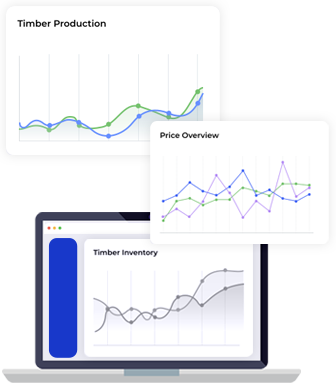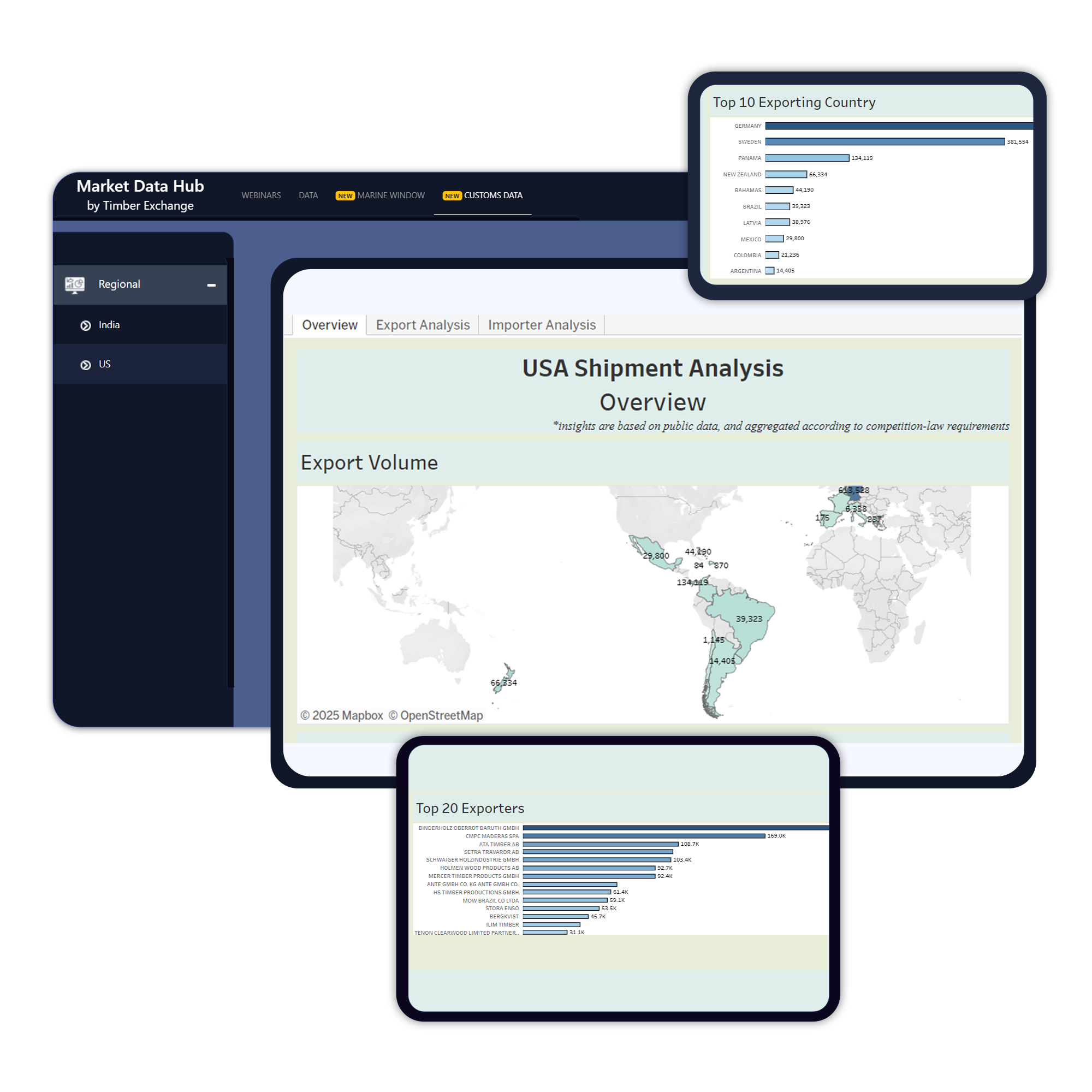
China's growth slows to 4.6% amid rising productivity concerns & demographic shifts
Posted on January 3, 2025 |
China's economic growth has slowed from 6.5% pre-pandemic to 4.6%, with concerns that the official number might be exaggerated.
Living standards in China remain below those of developed countries, revealing ongoing economic struggles.
The decline in total factor productivity (TFP) is a key factor in the slowdown, showing inefficiencies in labor and capital usage.
China is reaching the limits of its growth, facing challenges similar to other middle-income nations, as it struggles with technological advancements and productivity.
Since 2011, TFP has been decreasing, and China now finds it harder to access advanced technologies as global companies protect their innovations.
The country’s demographic advantage, with a large young workforce, has diminished since 2010, reducing the available labor force and hindering productivity growth.
Urbanization, once a major growth driver, has slowed, with fewer workers moving from agriculture to cities due to migration restrictions.
China’s R&D sector faces difficulties, with state-run enterprises showing lower productivity compared to private and foreign firms and misallocated resources.
Exports have stagnated due to reduced global demand, trade tensions, and market saturation, weakening China’s reliance on exports for growth.
The focus is now on domestic investment, which presents challenges for productivity.





